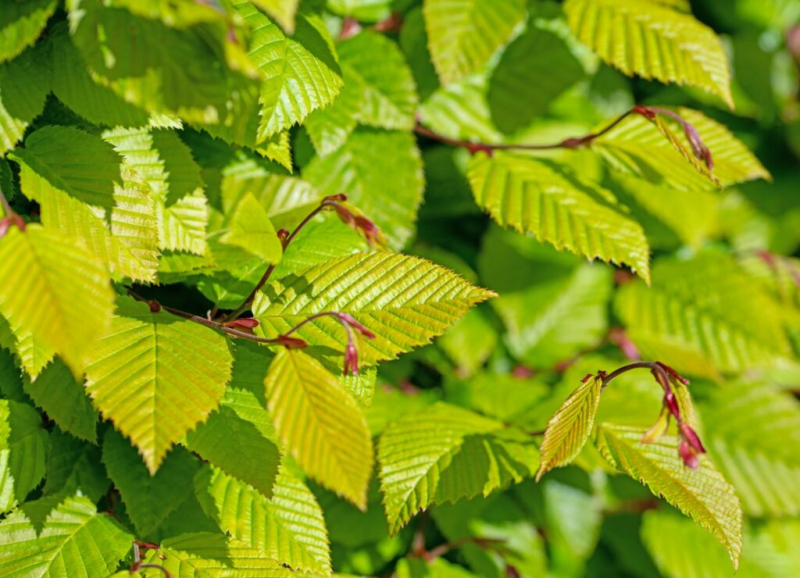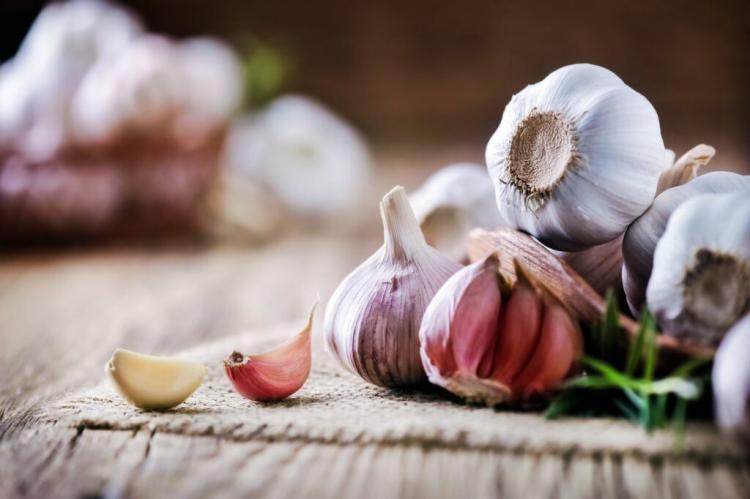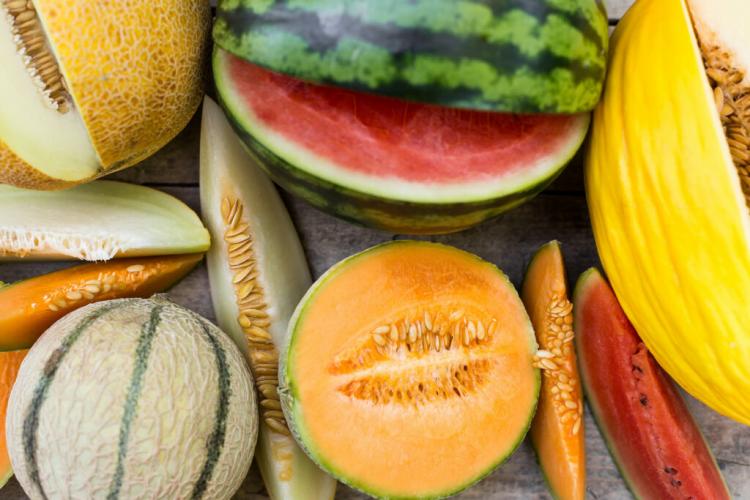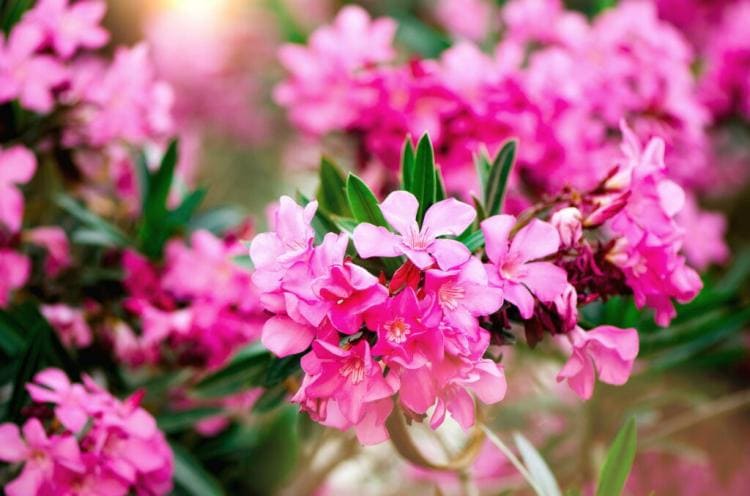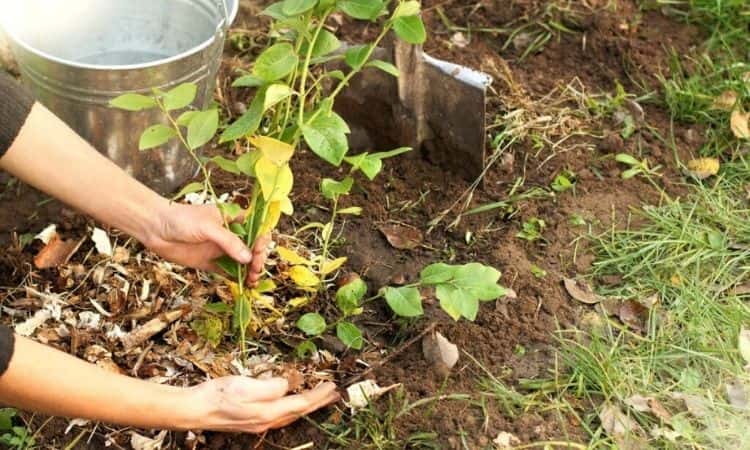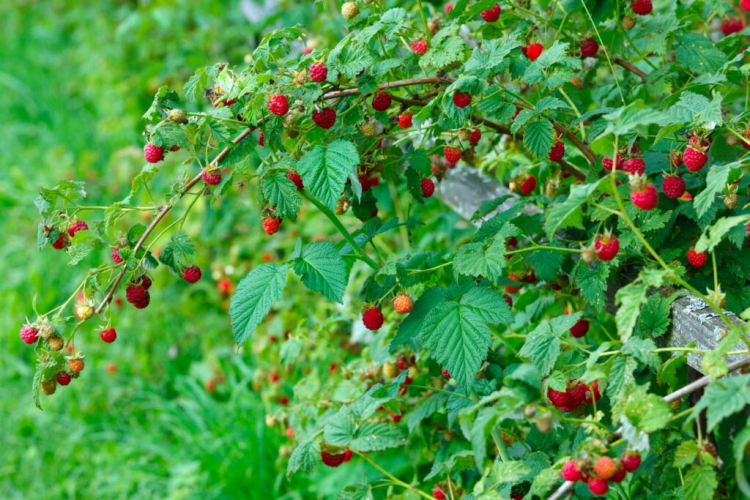How To Propagate Petunias From Seed Or By Cuttings?
No summer garden can not be without flowering petunias. How you can propagate petunias from seed or by cuttings yourself, you will find here. Petunias (or with botanical name Petunia) are annual plants of South American origin, which unfortunately do not withstand our frosty temperatures in winter. Therefore, you need to restock your balcony with fresh plants every year.
However, these do not have to be anything expensive to buy or expensive to winterize. You can save a lot of money by simply propagating petunias yourself. This works via cuttings, which you can easily prune from the most beautiful plants in your possession, or via seeds. When propagating by seed, new color varieties can even be created when petunia varieties are mixed together.
Propagate petunias: Sowing seeds yourself
Table of Contents
Propagation by sowing is very successful and uncomplicated. The seeds can be purchased in specialized stores. The selection of varieties here is usually enormous. If you already have petunias at home, you can also harvest the seeds yourself. The salmon-colored variety “Salmon Wave”, for example, is particularly easy to grow from seed and is even rain-resistant.
Harvesting seeds yourself
The seeds of petunias can be harvested quite easily by yourself. To do this, proceed as follows:
- Do not clean out withered inflorescences.
- Harvest seed capsules when they are light brown and closed
- Dry the capsules in a warm, airy place until they burst
- Collect small, black seeds and store in a cool, dark place (e.g., screw jar)
Seed capsules will begin to form all by themselves once you stop cleaning them out. The bursting of the dried seed capsules starts after a few days.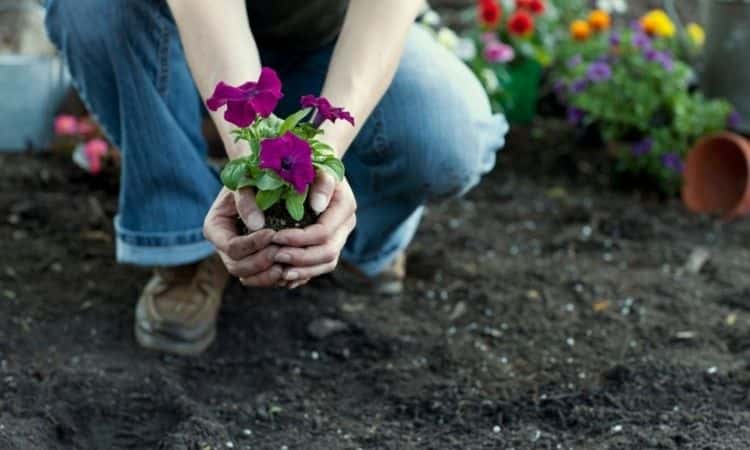
Sowing the seeds
Sowing seeds is carried out from February. Observing a few points, you can almost certainly soon enjoy small petunia seedlings.
- Fill the sowing tray with germ-free sowing soil.
- Mix seeds with dry quartz sand and distribute evenly with sufficient distance on the soil
- Cover seeds with a thin, permeable layer of soil at most (light germination)
- Germination temperature: min. 20 °C
- Keep soil evenly slightly moist with water sprayer (water sprayer)
- Cover sowing tray with foil hood (ventilate 1x daily from germination)
- Bright location without direct sunlight
- From the formation of the 2nd pair of leaves: prick out or transplant individually into small pots.
- Acclimatization of the plantlets before planting outdoors
- Planting outdoors from mid-May (no more danger of frost)
Mixing with quartz sand is optional, but considerably simplifies the process of sowing mini seeds. A thin layer of soil over the seeds puts down the risk of mold. The foil cover provides the necessary humidity. The plantlets are acclimatized by placing them outside during the day on sunny days. To find out which location is best for petunias from May, see our article on growing petunias.
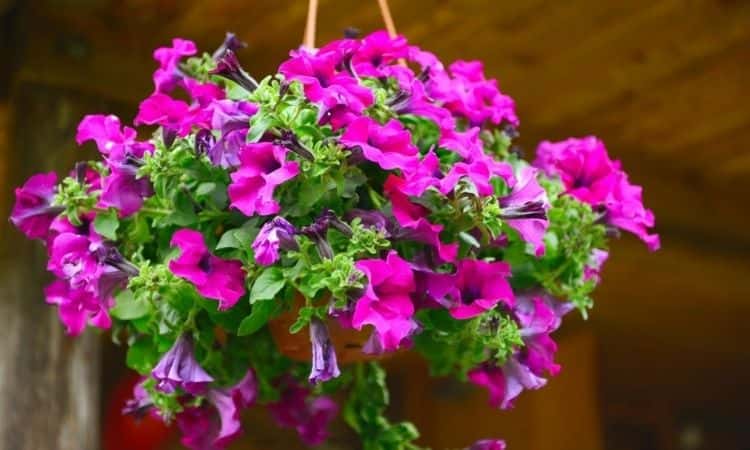
Propagating petunias by cuttings
For propagation by cuttings, hanging petunia varieties are particularly suitable, because with proper care they produce very long, strong shoots. If you proceed as follows, it won’t take long for your cuttings to develop their first roots.
- Cuttings are best pruned in the summer
- Use 10 cm long (preferably flowerless) shoots.
- Remove all leaves and flowers (except the top pair of leaves)
- Place in a glass with lime-free water until roots have formed and then put into pots with soaked growing soil OR plant directly into the pots
- Propagation was successful when the cuttings sprout at the top
- Repot into larger pots and continue to cultivate as adult petunias
- Acclimatize the cuttings before planting out in mid-May
It may take two to three weeks for cuttings to form sufficient roots in a glass with water. When planting directly in pots, simply insert the cuttings a few inches deep into the soil and then press them down well. You can read all about the subsequent care of your own little plants here.

Petunia varieties: A small selection
Petunia varieties are available in abundance. Just as varied are the colors in which they bloom. The flower shapes also vary. From single to double flowers, there is something for every taste. The different varieties are traditionally divided into four groups of varieties.
- Multiflora with flowers two to three centimeters in size
- Multiflora with about five centimeters large, rainproof flowers
- Floribunda with flowers about eight centimeters in size
- Grandiflora with trumpet-like, rain-sensitive, very large flowers
You Might Also Like Pansy vs Petunia
Below is a list of particularly beautiful petunia varieties
- Night Sky: The large flowers of this hanging petunia are reminiscent of a purple night sky, filled with white stars. Never does one flower resemble another.
- Chocolina: This variety looks scrumptious with its rather small, chocolate-colored flowers (still, please don’t snack). It has a bushy, only slightly drooping habit.
- Pirouette Red: The Piroutte Red is a representative with double flowers and a hanging growth. The red-eye is edged with a beautiful white.
- Amore Queen of Hearts: Here the name says it all: with red hearts on a yellow background, each individual flower of this upright variety proclaims a message of love.
- Mirage Red Morn: This upright petunia makes any bed shine with its red-edged flowers with a white eye.
Mixing with quartz sand is optional, but considerably simplifies the process of sowing mini seeds. A thin layer of soil over the seeds puts down the risk of mold. The foil cover provides the necessary humidity. The plantlets are acclimatized by placing them outside during the day on sunny days. To find out which location is best for petunias from May, see our article on growing petunias.

